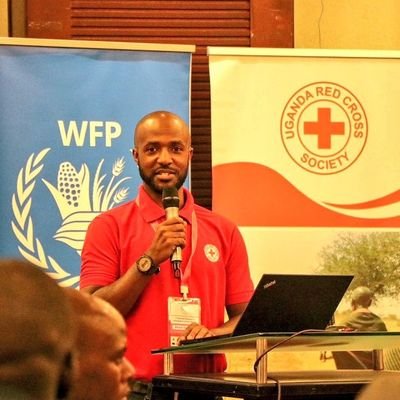By Brian Kanaahe
On 20th September 2022, Uganda health authorities declared an outbreak of Ebola disease(EVD) – the first Ebola disease outbreak caused by the Sudan virus in Uganda since 2012, according to the World Health Organization(22nd Sep 2022). The declaration followed the confirmation of an Ebola patient from the Madudu sub-county in Mubende district, central Uganda. On 25th September 2022, the Ministry of Health announced a cumulative number of 18 confirmed and 18 probable cases had been reported from Mubende, Kyegegwa, and Kasanda districts, including 23 deaths, of which five were among confirmed cases.
The President, while addressing the country, announced a localized plan to strengthen active surveillance, amidst other restrictions that were previously deployed to curb the spread of COVID-19, including the closure of entertainment joints and places of worship.
“There will be a curfew in Mubende and Kasanda districts starting from 7 pm to 6 am. Public, and private transport and Boda Bodas are not permitted to move in Mubende and Kasanda districts to curb Ebola. People traveling across Mubende and Kassanda are permitted to move only after obtaining police clearance and not allowed to stop or pick up a person in the two districts,” he said.
It is a time like this that we must reflect on our level of preparedness in an all-compass public health investment to anticipate, prepare, and efficiently respond to such pandemics at the Individual, Community and National levels.
We know what to do as a country. Uganda has invaluable hands-on experience handling such pandemics and has offered technical support to other nations who have in the past suffered from such public health concerns. The true tongue-in-cheek question is how do we sustain such a public health system in a resource-constraint environment are in or better yet, we’ve been conditioned to believe we’re in to prepare for the inevitable – the next pandemic?
Partnerships are the low-hanging fruits. It looks obvious but the challenge is whether we are deliberate to make this work sustainably at the local level. How many communities have multi-hazard community action plans? How many districts have multi-hazard contingency plans? To what extent are they funded? How much of that funding comes from the local community public-private partnership innovations? In the case of EBV, Ministers of Health and government representatives from nine African countries recently met at a High-Level Emergency Ministerial meeting on Cross Border Collaboration for Preparedness and Response to Ebola Disease Outbreaks in Kampala, hosted by the World Health Organization. Well-structured public-private partnerships designed with communities at the center, harnessing the power of young people, striking the balance between soft support (training, mentorships, coaching, continuous medical education) and hardware support (Logistics Personal protective equipment)encourage the heightening of health surveillance system and ease the flow of information and coordination of a concerted effort.
As a Pracademic, I am happy to see Academic institutions starting to move in sync with national health issues. We are now living in an era where research is directly tied to pertinent healthcare issues being faced in our communities. This, however, comes with a sustained level of investment. It is a fact that a lot of the information utilized during the COVID-19 pandemic was adopted from the knowledge gained through the investment in HIV, Tuberculosis and Malaria research over the past 20 years. We, therefore, need to see more of this as we learn to anticipate and prepare for effective responses to pandemics.
Finally, information is a major piece of the puzzle. As we prepare for another pandemic, we need to ensure that all information disseminated to diverse groups is consistent, clear, straightforward, and where possible, in as many local dialects as possible. Platforms such as radio, which has the highest consumption statistics in Uganda, and social media are invaluable mediums in ensuring the proper information reaches its targeted consumers.
The writer is a doctor (public health in Disaster nexus enthusiast) and is the Director of Disaster Risk Management at the Uganda Red Cross Society.







